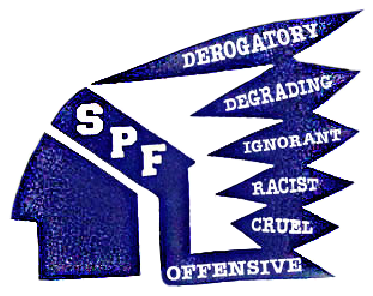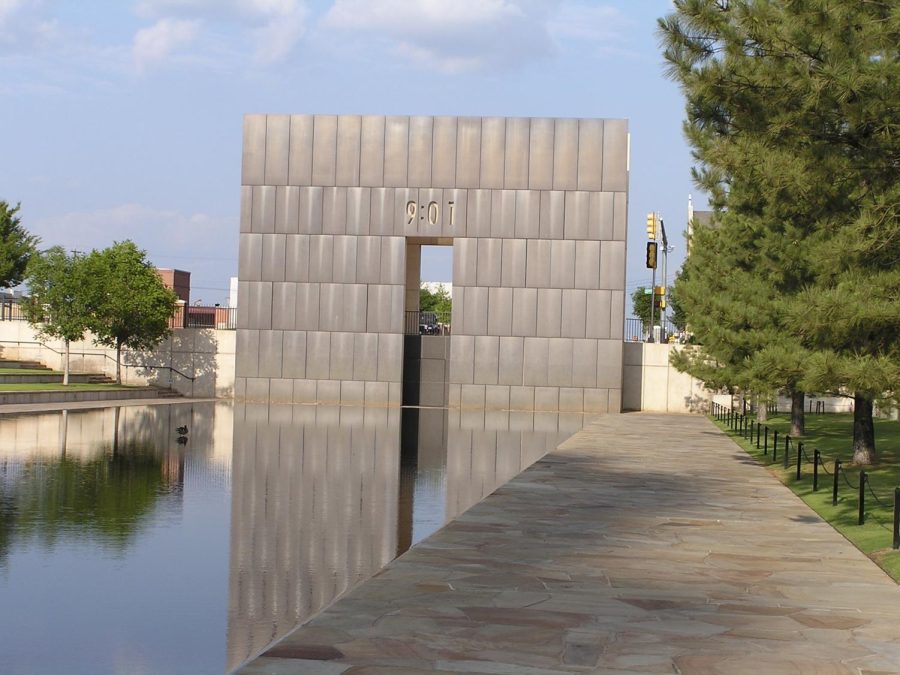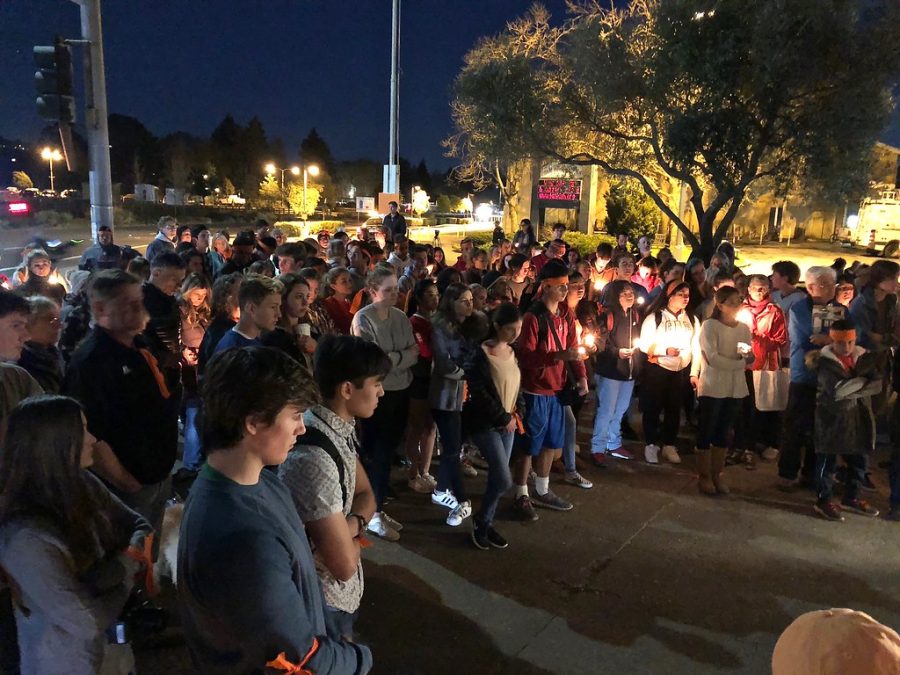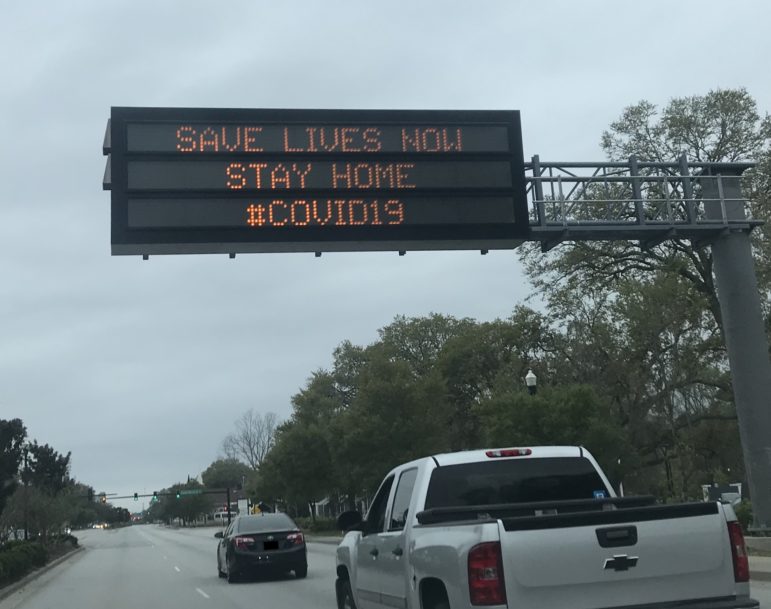Staff Editorial
Native American symbols used as mascots are nationally recognized as being offensive to Native American cultures.
Some people may think that the Raider head, an unsanctioned and unofficial symbol used by a small number of the school’s athletic and extracurricular groups, is harmless.
However, the National Congress of American Indians (NCAI), which is “the nation’s oldest, largest, and most representative American Indian and Alaska Native advocacy organization,” condemns the use of Native Americans as mascots.
Yet, every day, students can be seen walking the halls bearing the Raider head on various items of clothing. Raider Nation, the unofficial, student-run fan base for Raider sports, annually designs clothing that can be purchased by students who want to show their Raider pride. This year, the Raider Nation gear features the old Raider head logo, and the marching band depicted it on sweatshirts.
Students in these groups, and the adults who supervise them, need to be aware of the actual opinions of the real people whose culture and identity are caricatured by the Raider head and symbols like it, and consider the harmful effects of continuing to display such images.
“I never thought of the Raider logo as something that could be offensive to Native Americans,” said senior James Lettieri, who is one of the leaders of this year’s Raider Nation.
Other students believe that the Raider head honors Native American culture.
“Native Americans were the original settlers of America,” said junior Cole Weber. “We are proudly showing off the original settlers of the North America.”
In fact, according to the NCAI report, “rather than honoring Native peoples, these caricatures and stereotypes contribute to a disregard for the personhood of Native peoples.”
In particular, combining the image of a Native American in a headdress with the term “Raider,” a word associated with invading, plundering, marauding and robbing, perpetuates a racist stereotype of the past from which contemporary citizens should distance themselves.
For example, the National Football League’s Washington Redskins organization, which claims that its mascot honors Native Americans, has a long history of racism. The former owner of the team, George Preston Marshall, changed the team’s name from the Braves to the Redskins in 1932. The term redskin refers to the actual skin, scalp or severed head of Native Americans, evidence used by white bounty hunters during the 1800s to prove they had killed a Native American. Clearly, this term can only be derogatory.
Marshall is also the man who successfully re-segregated the NFL for 13 years.
Other teams without a history of racism use Native Americans as mascots that offend many Native people. The Florida State University Seminoles supposedly have an agreement with the Seminole Nation approving the school’s symbol and name. But the agreement is with the Florida Seminole Tribal Council, which represents only Seminoles who live in Florida.
In fact, the Seminole Nation of Oklahoma’s governing body, which represents the majority of Seminoles, stated that it condemns the use of Native American logos.
In the end, no matter how well-meaning students are, it is the consensus among Native American governing bodies that all mascots depicting Native Americans are offensive. No one outside a particular group has the right to decide what is or is not disrespectful to that group.
In 2001, the high school took a major step forward by acknowledging the inappropriate nature of the old Raider head logo and voluntarily adopting a new representation of the Raider, the result of a contest of student designs.
Since that time, some students have expressed dissatisfaction with the new logo. No one knows the exact extent of that dissatisfaction, but if it is indeed widespread, that antipathy is no excuse to return to the offensive Raider head, the use of which is an embarrassment in the second decade of the 21st century.
Logos and mascots are easily changed…it happens all the time. If the high school needs a new one, students, faculty, administrators, alumni and other stakeholders should work together to find a design that reflects Raider pride without denigrating a population that has already suffered more than its share of oppression at the hands of white Americans.
Use of Raider head logo perpetuates negative school image
March 18, 2014

0
More to Discover







